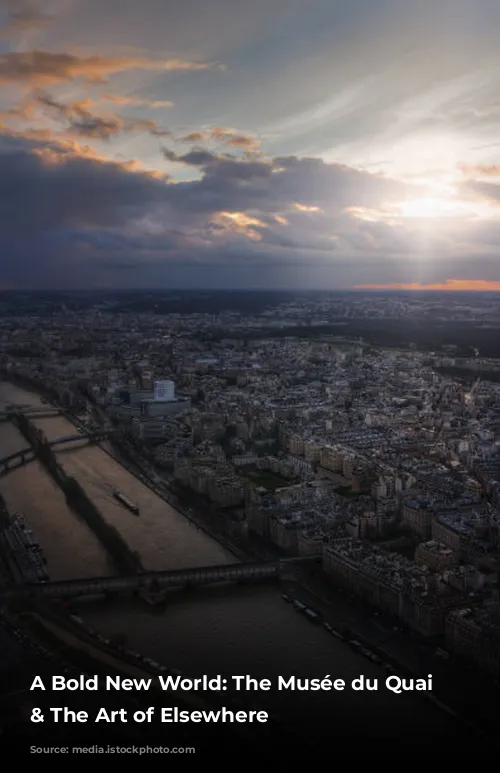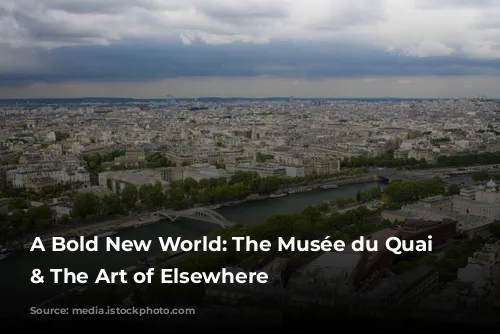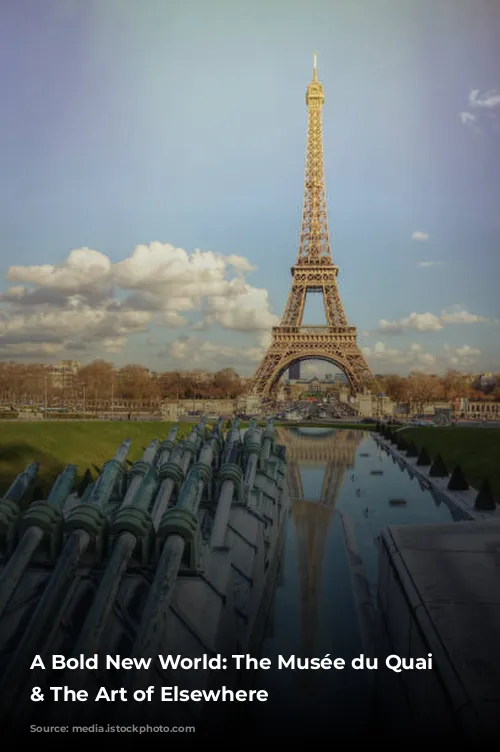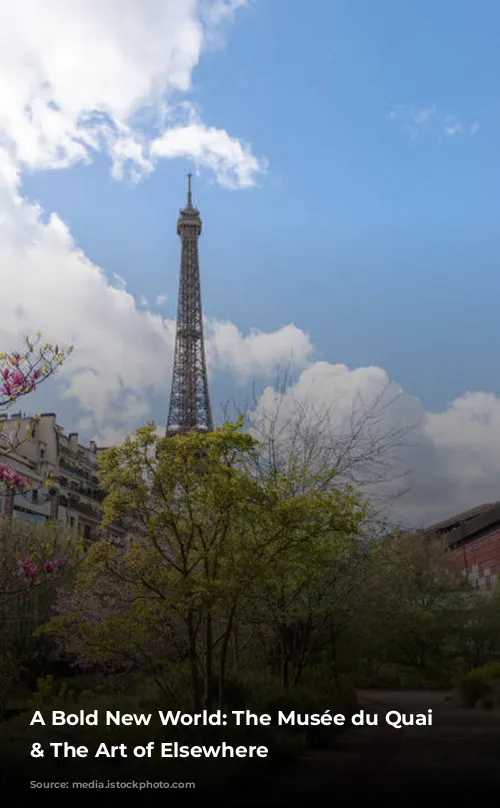The Musée du Quai Branly in Paris has been generating a great deal of buzz. The museum, dedicated to the art and cultures of Africa, Asia, Oceania, and the Americas, is a bold endeavor, some would say a controversial one. It has been met with both praise and criticism, largely focused on its Western perspective and perceived colonial bias.
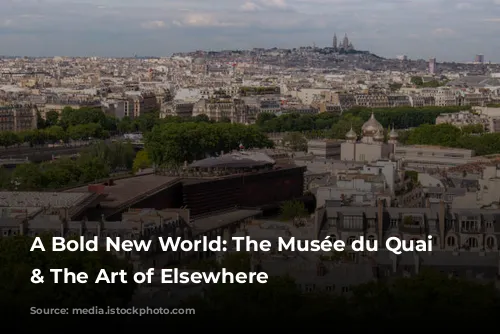
A Tale of Two Museums: The Musée du Quai Branly & The British Museum
The Musée du Quai Branly is a recent addition to the Parisian art scene, but its origins can be traced back to the 15th century. Europeans have long been fascinated by the artifacts and art they encountered on their voyages across the globe, bringing back treasures from distant lands. These collections have formed the basis of many museums around the world, including the British Museum, which boasts a significant collection of sacred objects from the Pacific.
However, the very contact with Europeans that led to these collections also brought about destruction and upheaval for many cultures. This has led to ongoing debates regarding the ownership and display of such artifacts, particularly in the wake of colonialism.
The British Museum has received its fair share of criticism in this regard. Yet, in comparison to the Musée du Quai Branly, it has seemingly been spared the brunt of the controversy. The French museum has been met with intense criticism, labeled as “racist” and “reinforcing colonial prejudices”.
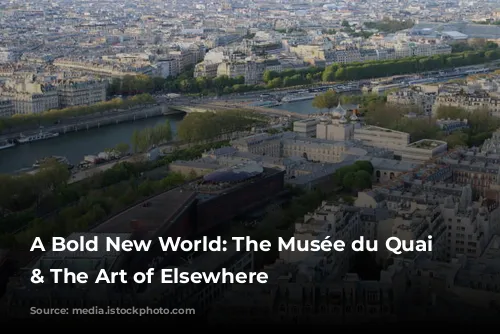
A Shift in Perspective: The Musée du Quai Branly’s Bold Approach
The Musée du Quai Branly was the brainchild of former French President Jacques Chirac, a project designed to showcase France’s rich collection of ethnographic art. Its creators aimed to create a space where visitors could explore diverse cultures through their art, but their choice of the term “arts premiers” (first arts) was met with immediate backlash. Critics argued that the term perpetuated a hierarchical view of art, placing Western art at the top of the pyramid.
The museum has responded to these criticisms by taking a bold and somewhat defiant stance. Instead of shying away from its Western gaze, the museum has embraced it, presenting the exhibition D’un Regard l’Autre which explores the history of European fascination with “primitive” art. The exhibit offers a powerful counterpoint to the criticism, showcasing the very gaze that has been at the center of the controversy.
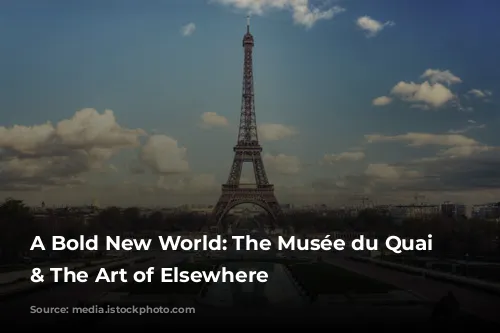
A Triumph of Spectacle: Beyond Criticism, Into the Heart of Art
The Musée du Quai Branly is a remarkable space, not just for its collection but for its architecture. It’s a striking building, a modern marvel that stands in stark contrast to the traditional museums of Paris. The museum’s layout is designed to create a seamless flow, allowing visitors to journey through various cultures and eras.
The museum’s approach to displaying its collection is equally striking. Instead of focusing on detailed explanations and anthropological analysis, the museum prioritizes the art itself. Visitors are invited to experience the beauty and power of these artifacts, to engage with them on an emotional level.
While some critics might question the museum’s lack of historical context or its Western perspective, the Musée du Quai Branly is ultimately a triumph of spectacle. It celebrates the art of diverse cultures with a captivating display that ignites the imagination and encourages exploration.

Reframing the Debate: Beyond Cultural Appropriation, Towards Artistic Appreciation
The Musée du Quai Branly is a reminder that the journey towards understanding art is rarely straightforward. It’s a journey marked by ongoing debates, cultural sensitivity, and a constant process of reevaluation.
The museum, through its bold exhibition D’un Regard l’Autre, invites us to step back and consider the history of how art has been viewed and collected. It challenges us to acknowledge the complexities of cultural exchange, colonialism, and representation, and to move beyond preconceived notions of “primitive” or “modern”.
The Musée du Quai Branly is a powerful statement about the importance of showcasing art from diverse cultures, even if it means confronting uncomfortable truths about the past. It is a space that encourages critical thinking, artistic appreciation, and a deeper understanding of the world around us.

